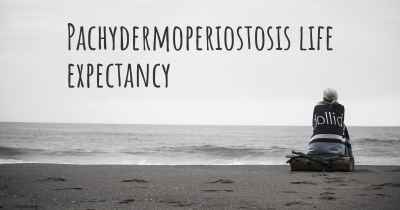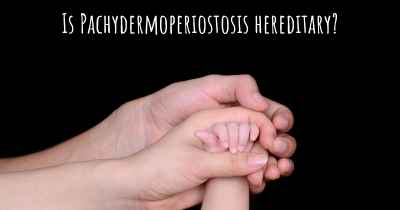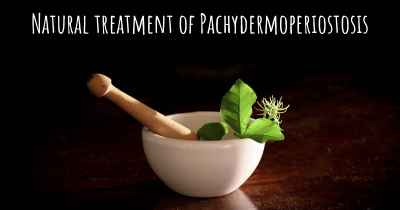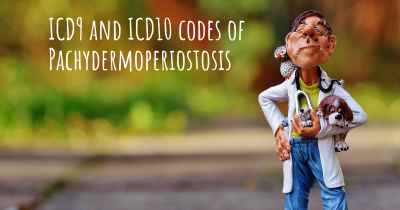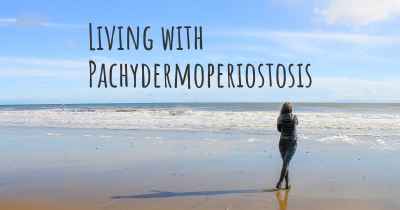Does Pachydermoperiostosis have a cure?
Here you can see if Pachydermoperiostosis has a cure or not yet. If there is no cure yet, is Pachydermoperiostosis chronic? Will a cure soon be discovered?
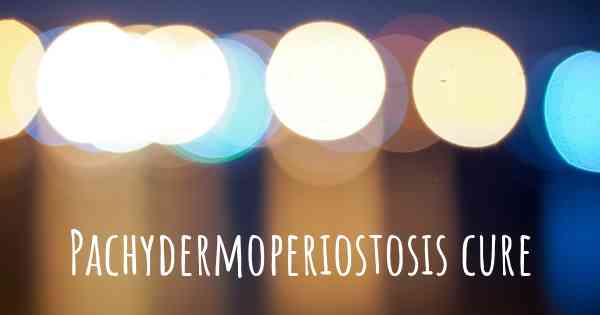
Pachydermoperiostosis is a rare genetic disorder characterized by thickening of the skin and bone abnormalities. Unfortunately, there is currently no known cure for this condition. Treatment mainly focuses on managing symptoms and improving quality of life. Medications, physical therapy, and surgery may be used to alleviate symptoms such as joint pain and swelling. It is important for individuals with Pachydermoperiostosis to work closely with healthcare professionals to develop a personalized treatment plan.
Pachydermoperiostosis, also known as primary hypertrophic osteoarthropathy, is a rare genetic disorder characterized by thickening of the skin and abnormal bone growth. It primarily affects the skin, bones, and joints, leading to various symptoms such as thickened facial skin, clubbing of fingers and toes, joint pain, and excessive sweating.
Unfortunately, there is currently no known cure for Pachydermoperiostosis. Since it is a genetic condition, treatment mainly focuses on managing the symptoms and improving the patient's quality of life. This typically involves a multidisciplinary approach, including dermatologists, rheumatologists, and orthopedic specialists.
Medical interventions may include the use of nonsteroidal anti-inflammatory drugs (NSAIDs) or other pain medications to alleviate joint pain and inflammation. In some cases, corticosteroids or disease-modifying antirheumatic drugs (DMARDs) may be prescribed to manage more severe symptoms.
Physical therapy can be beneficial in maintaining joint mobility and reducing discomfort. It may involve exercises, stretching, and other techniques to improve range of motion and strengthen muscles.
Supportive measures such as wearing cushioned shoes, using orthotic devices, and applying moisturizers to the skin can help alleviate symptoms and improve comfort.
While there is no cure, it is important for individuals with Pachydermoperiostosis to receive regular medical care and follow-up to monitor their condition and manage symptoms effectively. Ongoing research and advancements in medical science may provide potential future treatments or therapies to address this rare disorder.
